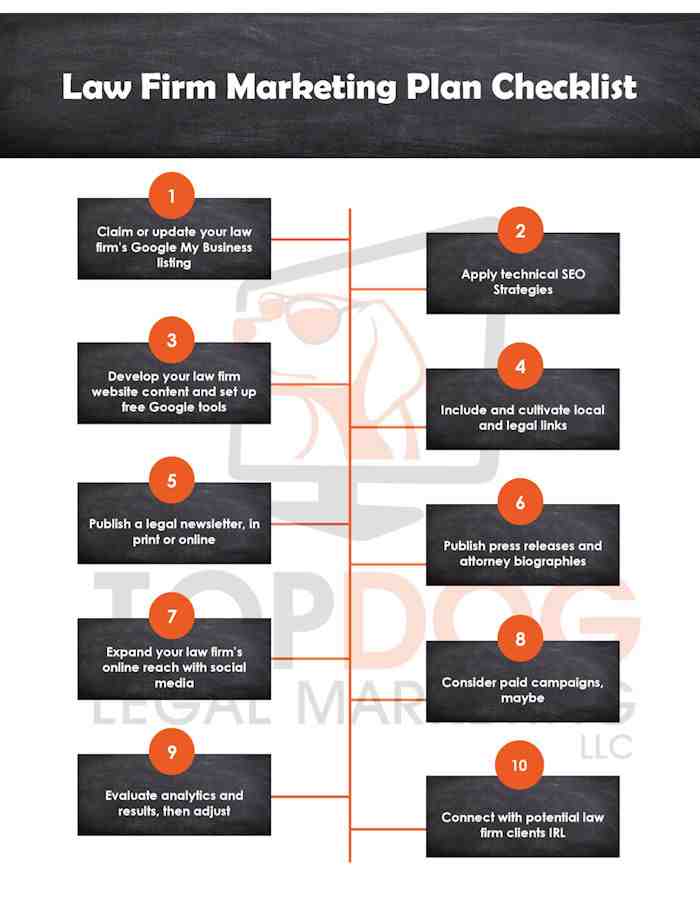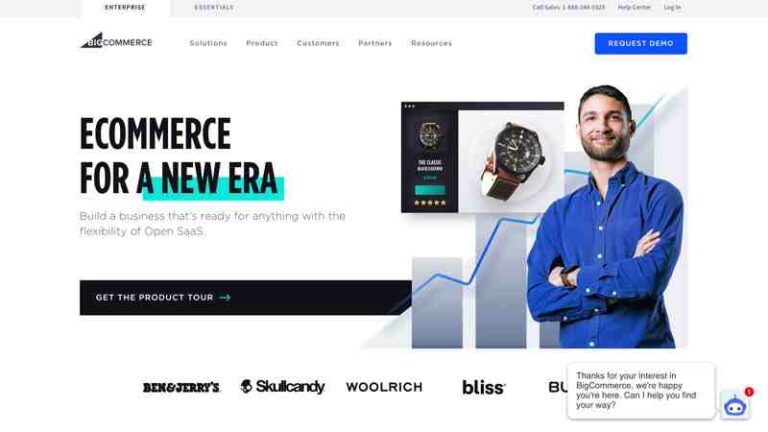15-Step Local SEO Guide: How to Find Hidden Opportunities
1. Check For Google Penalties
The first step is the easiest place to look for a hidden opportunity to help you jump in the ranks. Is your website currently under any penalties from Google?
To check for penalties, your website must be connected to Google Search Console. If not, you or the site owner will need to connect and verify first.
Log in to Google Search Console as a site owner and select the site you’re monitoring in the Searches property.
Screenshot from Google Search Console, August 2022
Then, in the sidebar on the left, click on Security & Manual actions and select Manual actions.
Screenshot from Google Search Console, August 2022
If it says “No problems detected”, great!
If it says anything else, there’s your first batch of problems to solve.
2. Run A Keyword Audit
This is your first exciting leap into discovering the hidden possibilities with local SEO. There’s a lot you can discover and improve within this step!
For this step you will need a list of keywords you are trying to rank for.
You can probably guess some of those keywords yourself.
For example, if you own a bakery in London, this is already one candidate for a relevant keyword – “bakeries in London”.
Once you’ve discovered your keywords, check two things:
Let’s start by figuring out keyword ranking.
How To Discover Keyword Rankings
First, you need to find out if your website even appears on the search engine results page (SERP). Your ultimate goal is to appear on either page 1 or a 3-pack.
You can try googling the keywords from your keyword list one by one, but it will be faster to use an SEO tool and check them all at once.
Screenshot from WebCEO.com, August 2022
Easily scan your site’s ranking in WebCEO’s Rank Tracker.
The settings of this tool allow scanning in specific locations, which is exactly what we need for local SEO.
It can even reveal more interesting search results like a local package, hotel or knowledge board.
After you receive the report, look at the Position and SERP columns; they show where your site is ranked.
It also doesn’t hurt to check the Local Monthly Searches column as it shows how often users type those keywords into Google.
If any of these columns are not in the report, click the Manage Columns button to add them.
Screenshot from WebCEO.com, August 2022
Let’s now analyze your keywords for user search intent.
How To Discover Keyword Search Intent
Search intent is all about understanding what potential customers type into Google to get different results that match what they want.
For example, a customer might type in “buy blue iced sugar cookies in London” – this type of search has a “transactional” intent. You want to make sure your keywords have a transactional or commercial intent.
So, ask yourself these questions:
Now that you understand your position in keyword searches and the intent behind those keywords, you now have the information you need to modify your content strategy to improve your website’s rankings.
3. Check Your Google Business Profile
For starters, do you or your client have a Google Business Profile (GBP)?
If not, that’s really bad news for your local SEO. Fixing this is a really quick win for local searches, making it a great hidden opportunity!
If you do, log into your Google Business Profile and discover:
Is Any Information Missing From Your Google Business Profile?
An empty field in GBP is a hole in your local SEO. All fields should be filled with accurate, up-to-date information about the company:
Are Keywords Present & Used Properly On Your Google Business Profile?
Keywords (especially local ones) in your GBP are a major ranking factor.
They can ensure your business appears in Google’s highly competitive local pack.
The catch is, you can’t just put them in the title and be done with it: that’s against Google’s guidelines, which require you to use real-world business names.
However, more crafty owners simply include keywords when naming their businesses. It’s a perfectly valid loophole that satisfies both the guidelines and the ranking algorithm.
The only thing to worry about is that the name sounds natural.
Screenshot from Google, August 2022
Relevant keywords should also be included in the GBP categories. Putting them in the description is optional, although it is recommended.
Are Photos & Other Images Uploaded On Your GBP?
There are a number of images that you can upload to your Google Business Profile. The more you have, the better.
It goes without saying that all images should be of high quality.
Videos also deserve a mention as another type of visual. If there are, observe them and see if you can find any problems.
What Is The Posting Activity Like?
GBP allows you to create posts to communicate with your target audience. See posting activity on the site.
Posting once a month is considered the bare minimum, so ask yourself these questions:
Frequent and varied posts can ensure effective use of this feature. It’s also good for posts to include links, photos, and geographic references.
Is There An FAQ Page?
FAQ is a powerful tool for any website, and users are bound to have questions.
4. Find On-Page SEO Issues
On-page optimization is incredibly important, making it a great hidden opportunity – especially if your competition isn’t doing it.
We admit that it can be a lot of work, and there’s a lot of room for error, but if you get them all right, you’ll be the best!
Don’t waste time troubleshooting. Find them all in WebCEO’s Onsite Issue Overview report.
Screenshot from WebCEO.com, August 2022
This tool will scan all the pages of the site at once, so you will be able to catch every SEO error on the page.
For a local SEO audit, these are the most important questions to pay attention to:
Of course, any other issues presented in the report should not be ignored. All of them have a negative effect on the ranking of the website.
5. Perform A Backlink Audit
Backlinks are the most powerful ranking factor of all, making it, you guessed it, a hidden opportunity to rank higher than your competition.
Backlinks can make or break your SEO, even when you’ve done everything else right. No SEO audit is complete without backlink analysis, and local SEO is no exception.
So hurry up. Scan your link profile with WebCEO’s Backlink Checker.
Screenshot from WebCEO.com, August 2022
Once your report is ready, it’s time to evaluate your backlink profile.
Based on this analysis, you will be able to fix the gaps in your client’s link building strategy.
6. Evaluate Your Online Reputation
A local business lives or dies by its reputation among customers. Good thing we have the internet, right? There’s no place like this where you can find out what people think of you and lose sleep over it.
Hopefully, your clients will be sleeping well after you’re done with this step. What should you check?
Collect Reviews For Your Website & Potential Keywords
Any self-respecting local business should collect customer reviews on their website. Positive and negative reviews, detailed feedback – be sure to pay attention to everything. A review is especially valuable when it contains the keywords your site is ranking for.
The Google Business Profile reviews section is another place you can’t ignore. And if your client has created listings for their business on any review platform, check there as well.
Be Sure Ratings Are Included In Your Reviews
Where there are reviews, there are usually star ratings on the same page. In fact, paired together, they are very useful for SEO.
But it’s also common for business directories to display ratings separately from user reviews.
If your client’s website appears in Google’s local pack, this is the fastest way to see your client’s ratings. Of course, a thorough local SEO audit will require more information from other places.
Get Notified When Your Brand Is Mentioned
Everyone wants their brand to be the talk of the town. The problem is, there’s only so much you can hear with your own ears and so much self-Googling you can do on your own.
Fortunately, there are tools for collecting words on the e-streets.
Who, Where, What and When – Find all your mentions online with WebCEO’s web buzz tracker. Just add keywords related to the local business whose SEO you are auditing (its name will be best). The tool will show you the sites and tweets that mentioned it.
Improve Social Media Engagement
If your client has created social media pages for their business (as everyone should), you need to look at those as well.
How do you know if they are well managed? Make your judgment by answering these questions:
As a rule of thumb, lots of activity (owner and user) on a social media page is good. If you find problems there, write them down.
7 – 15. Download The Free Local SEO Guide
Want even more expert advice for a DIY local SEO audit?
Download your local SEO guide below. With these and professional-grade SEO tools at your fingertips, you’ll be able to assess the local SEO health of any website – whether yours or a client’s.
This guide is made exclusively for WebCEO users. Sign up now and enter the world of experts!
The opinions expressed in this article are those of the sponsor.


